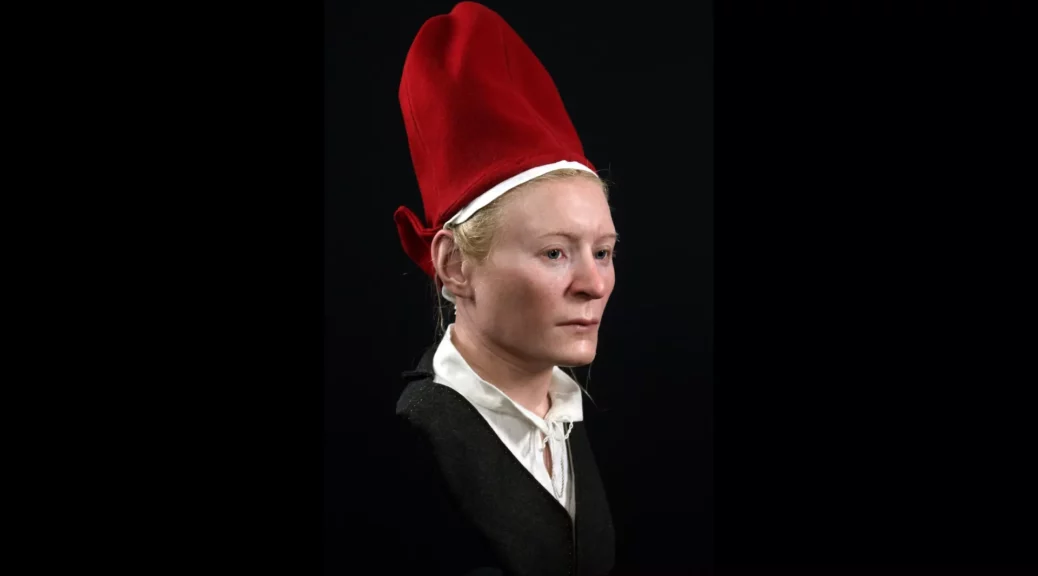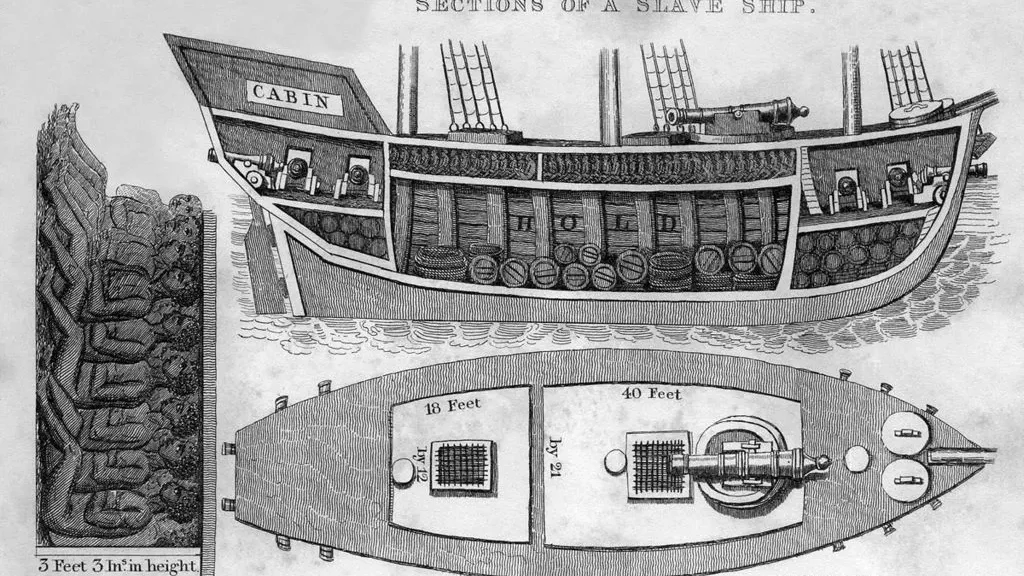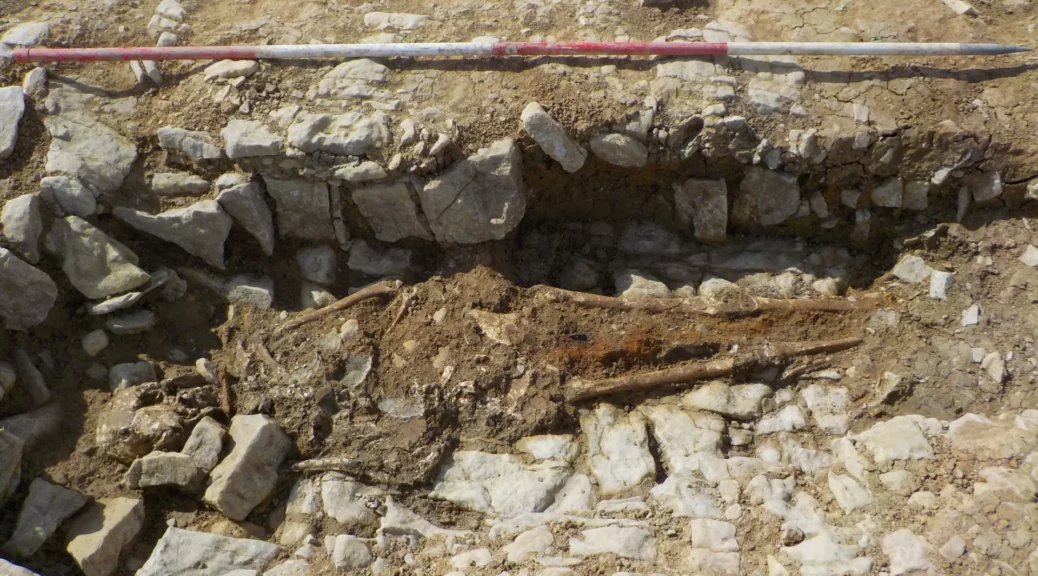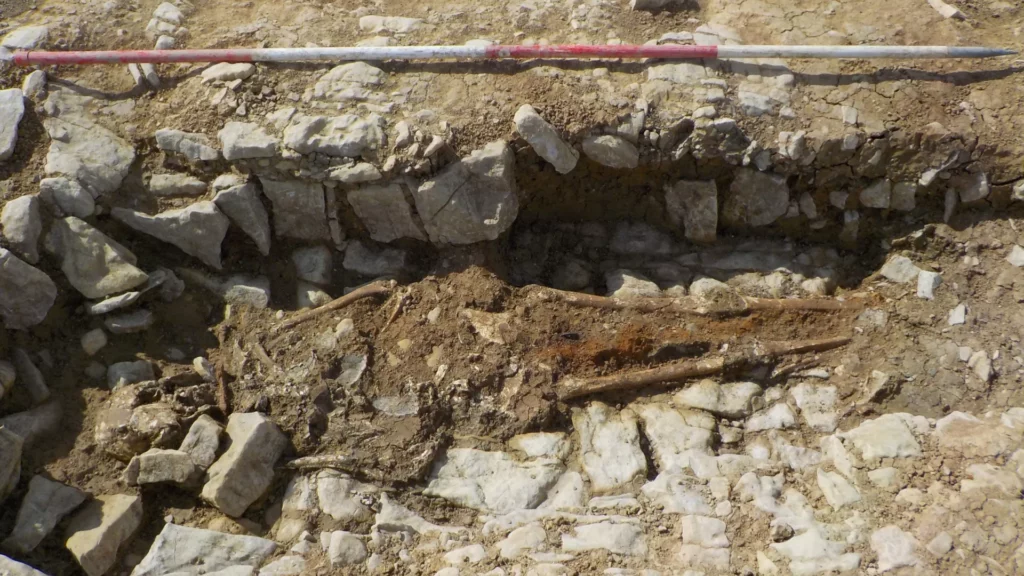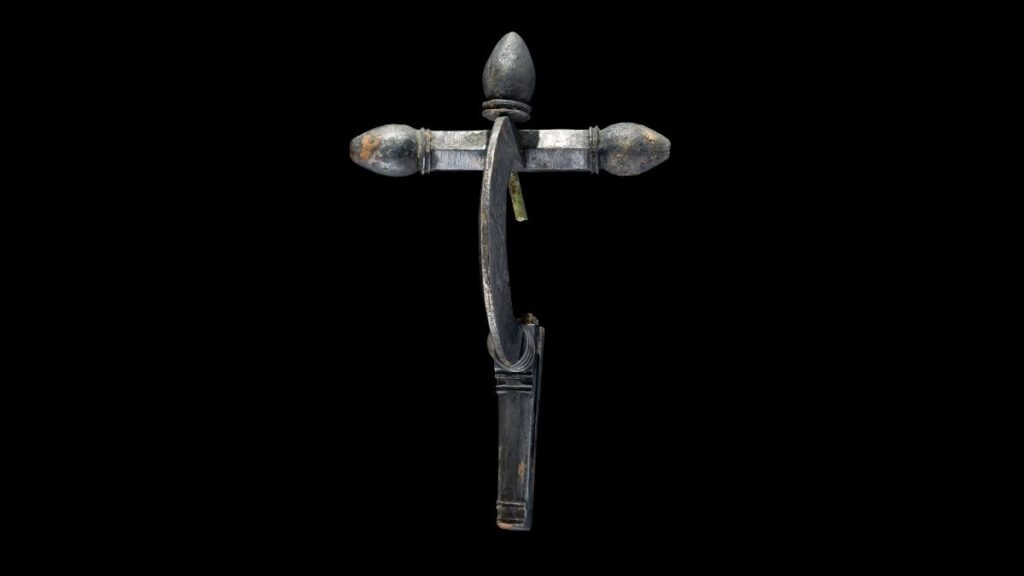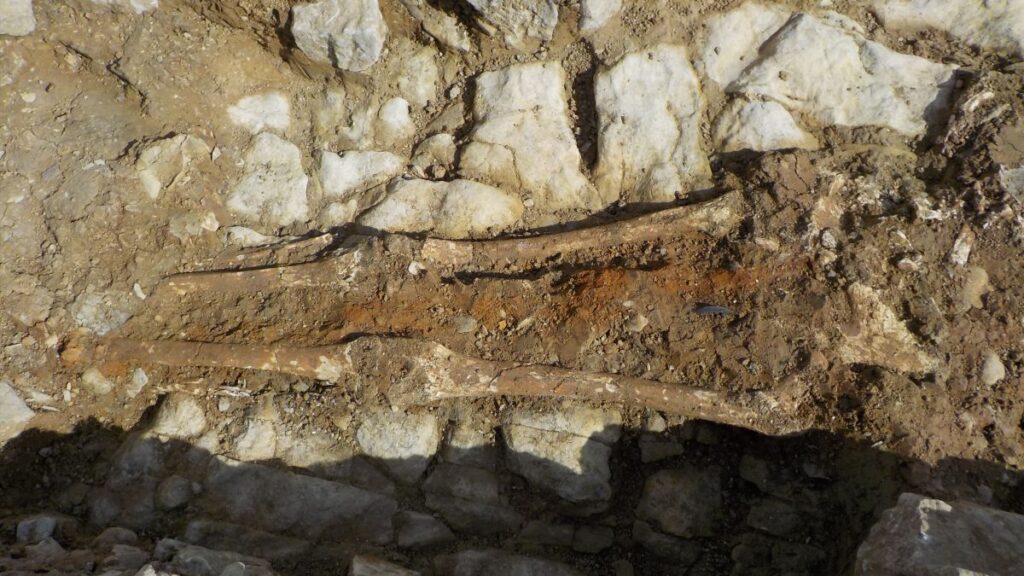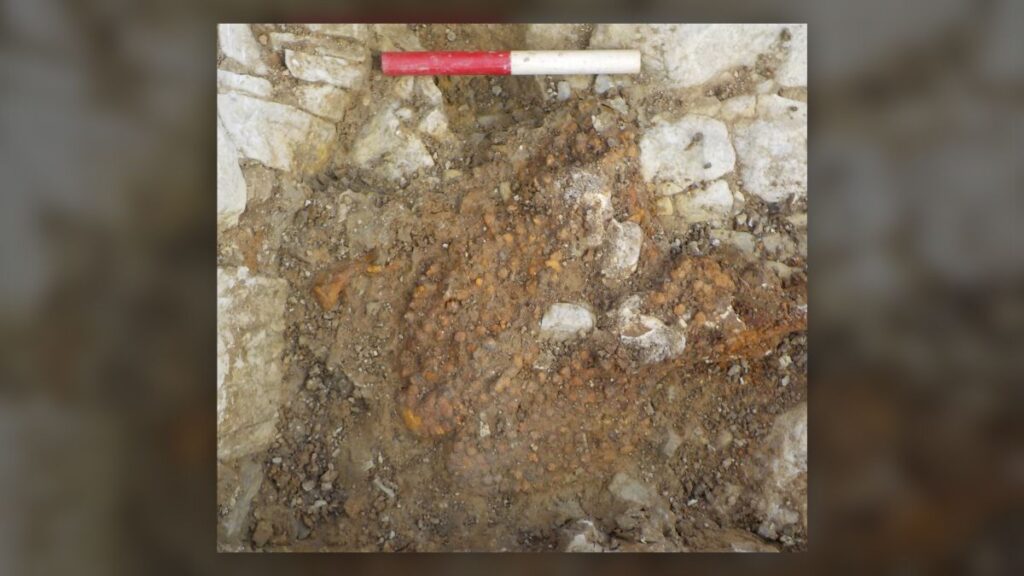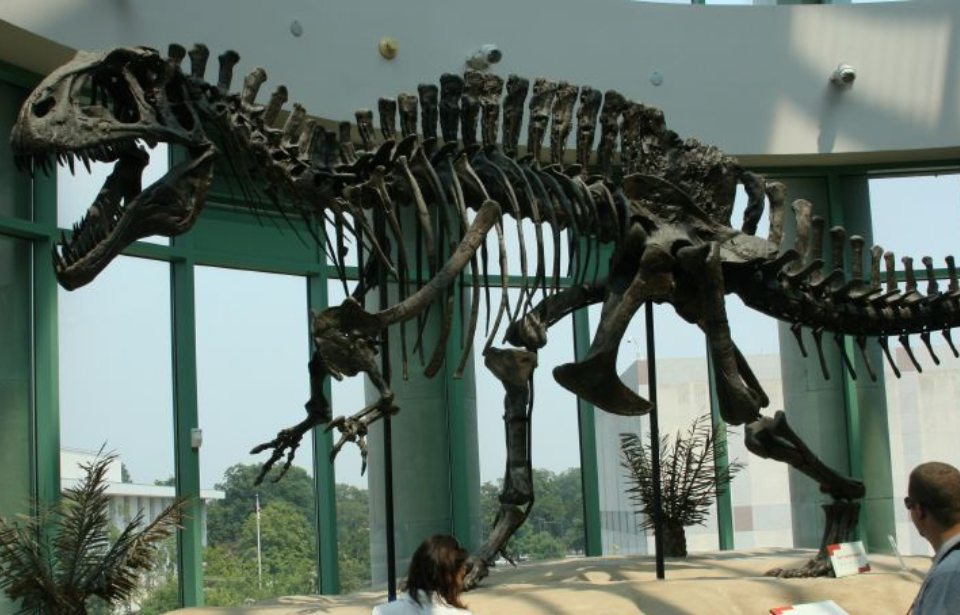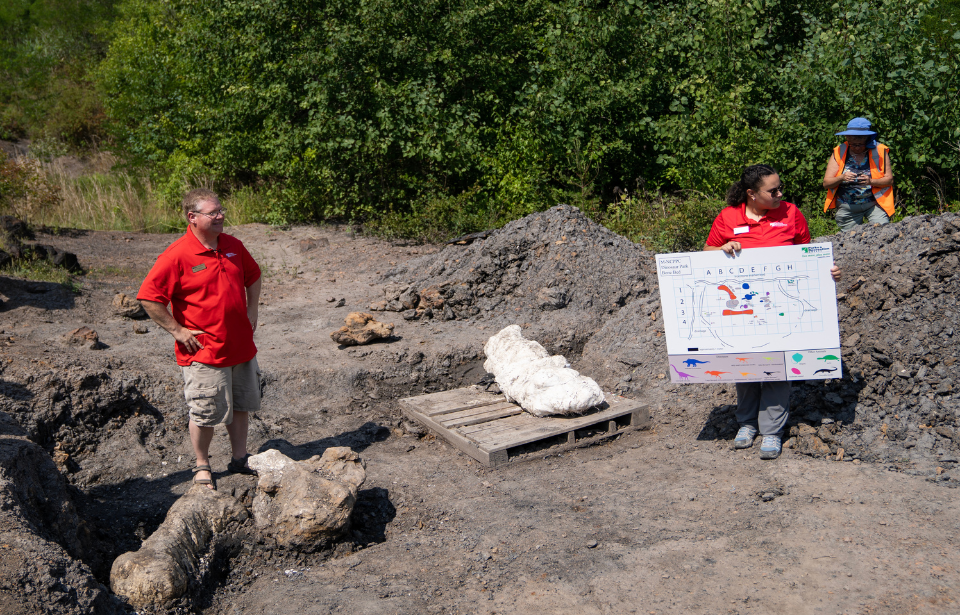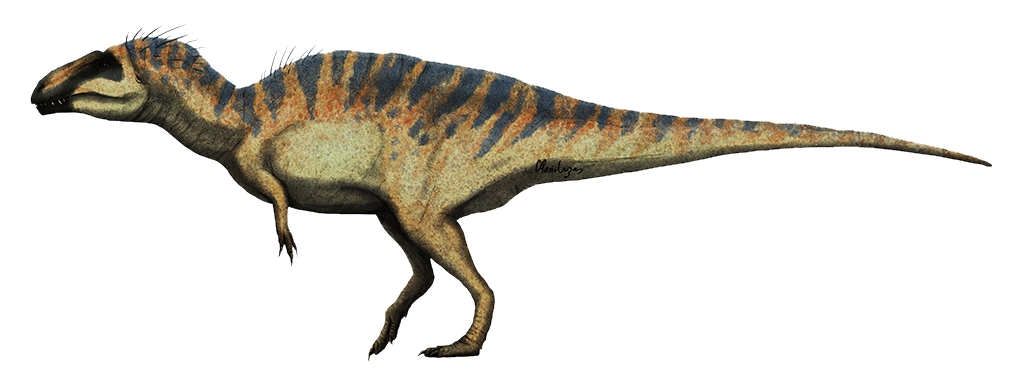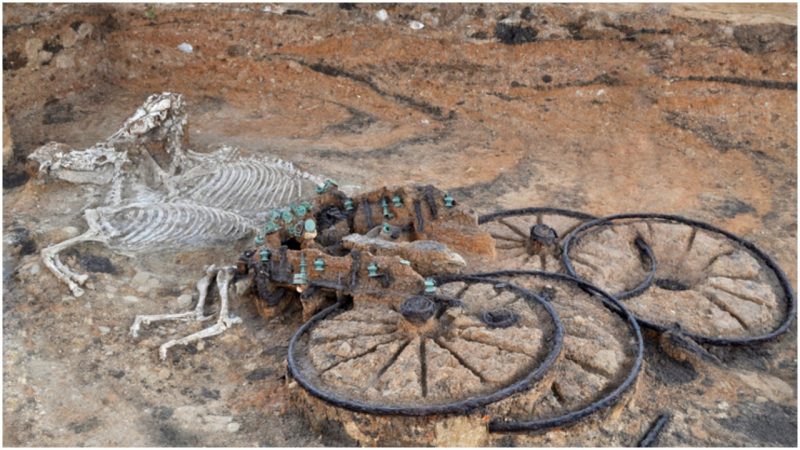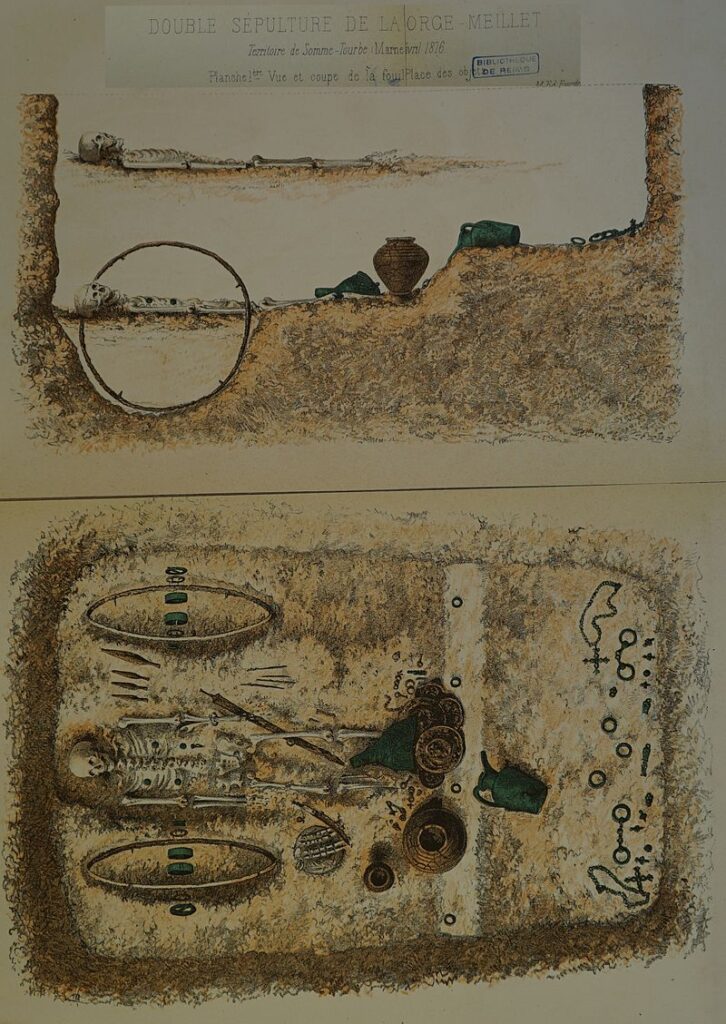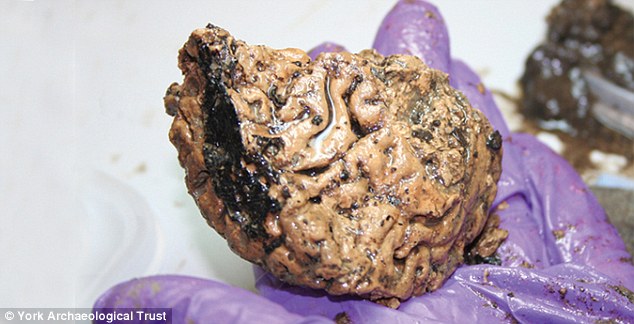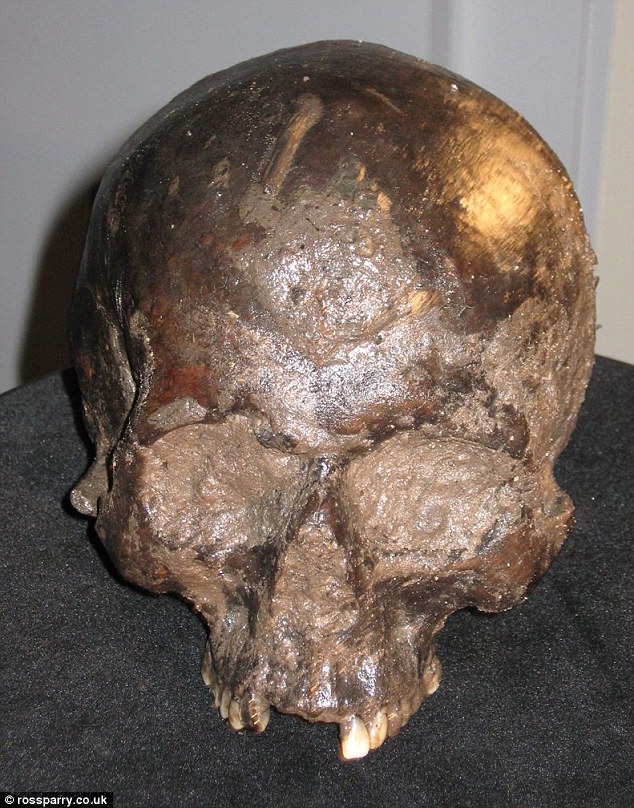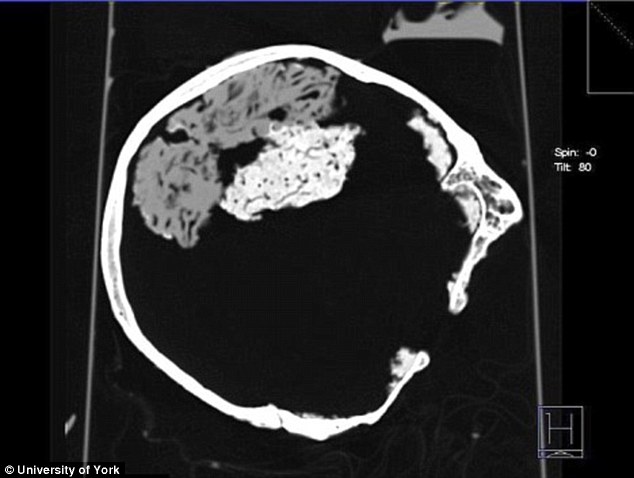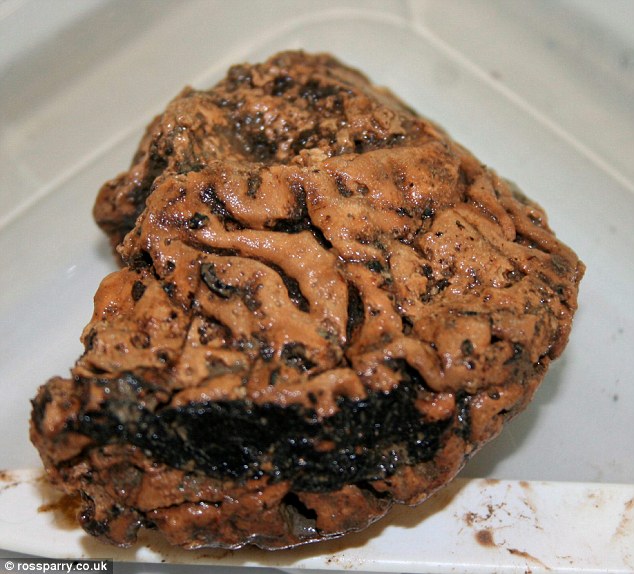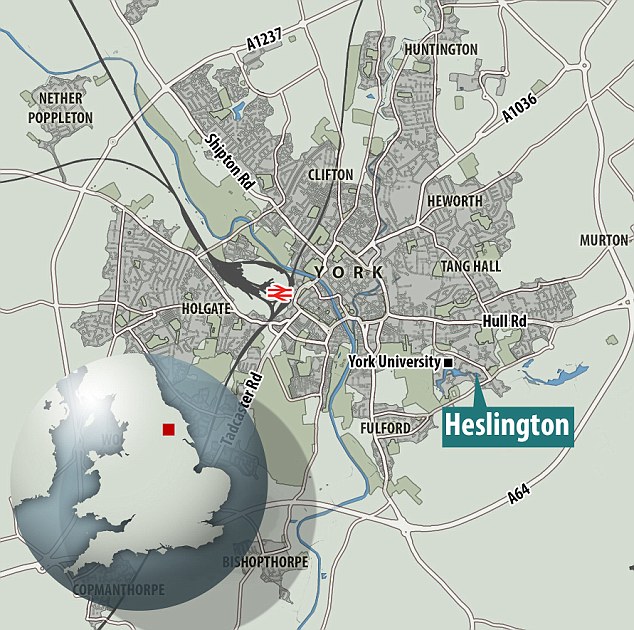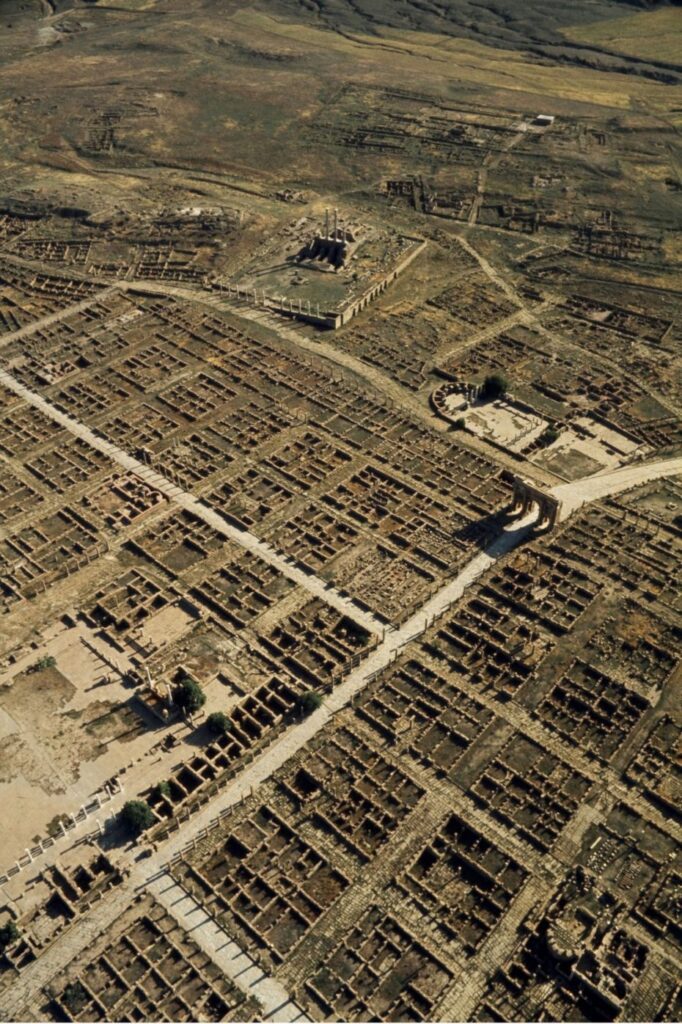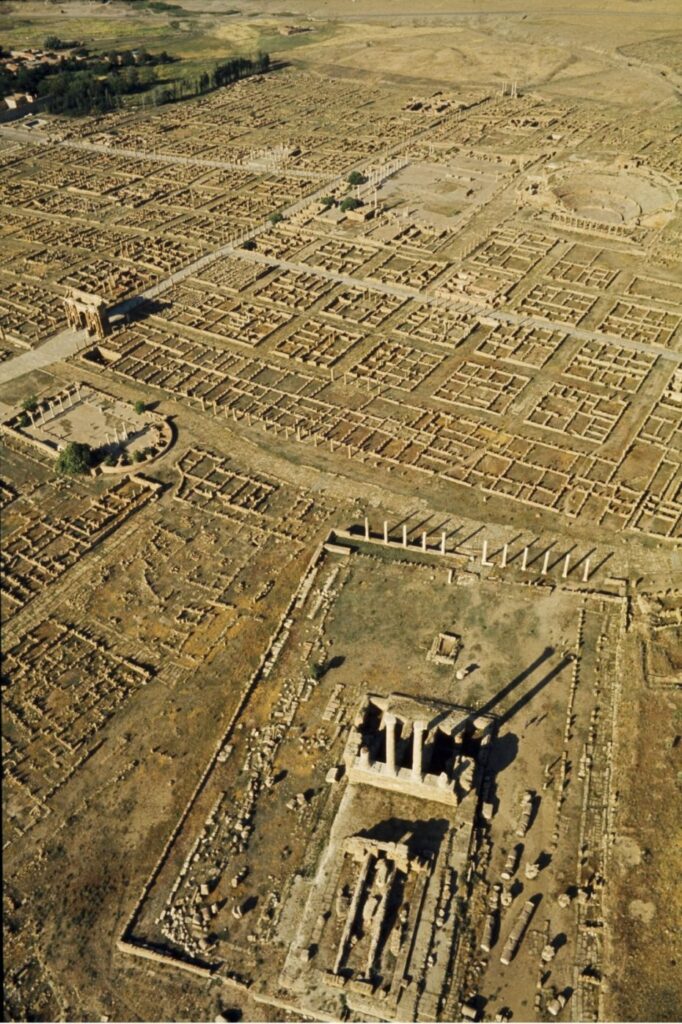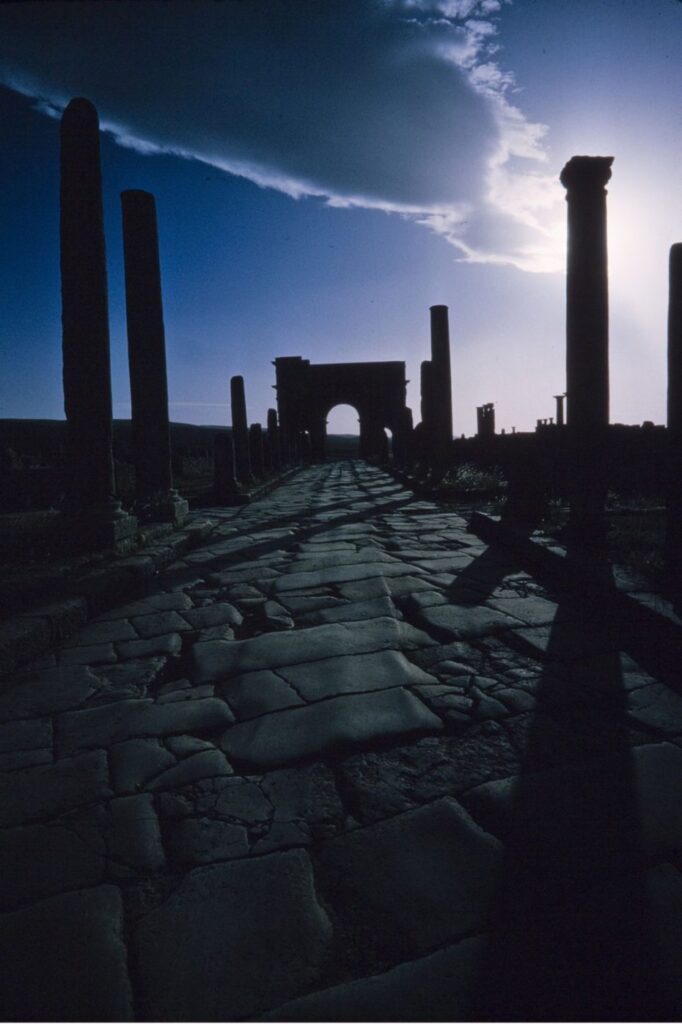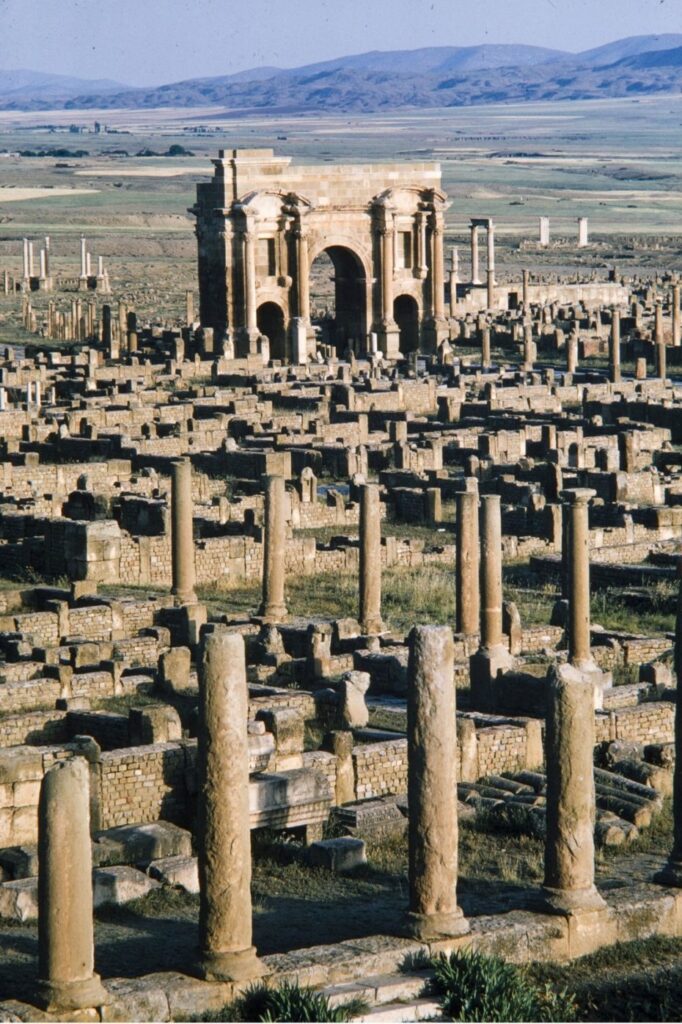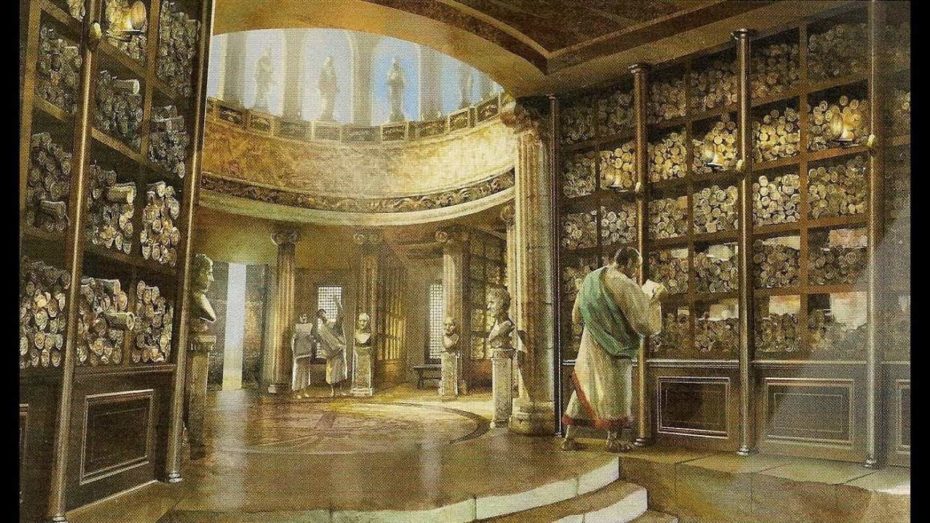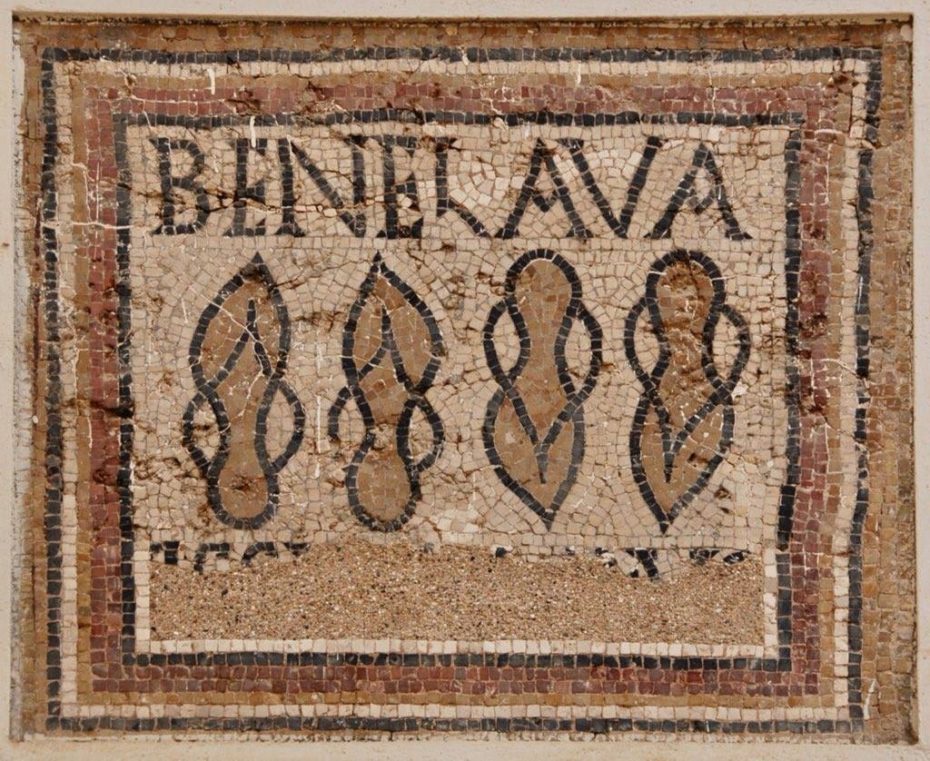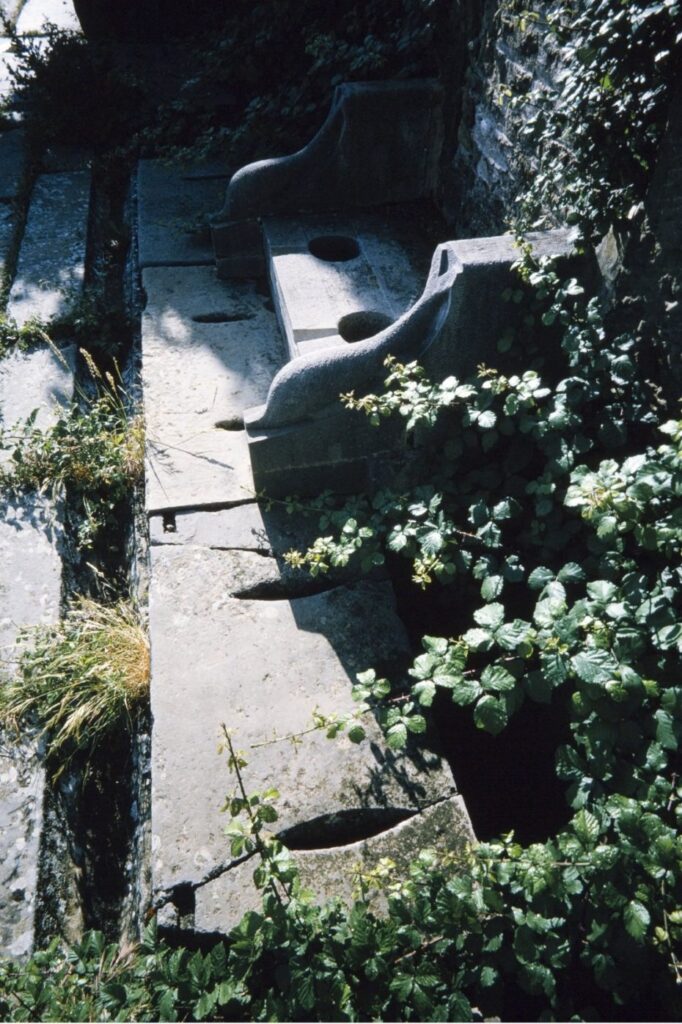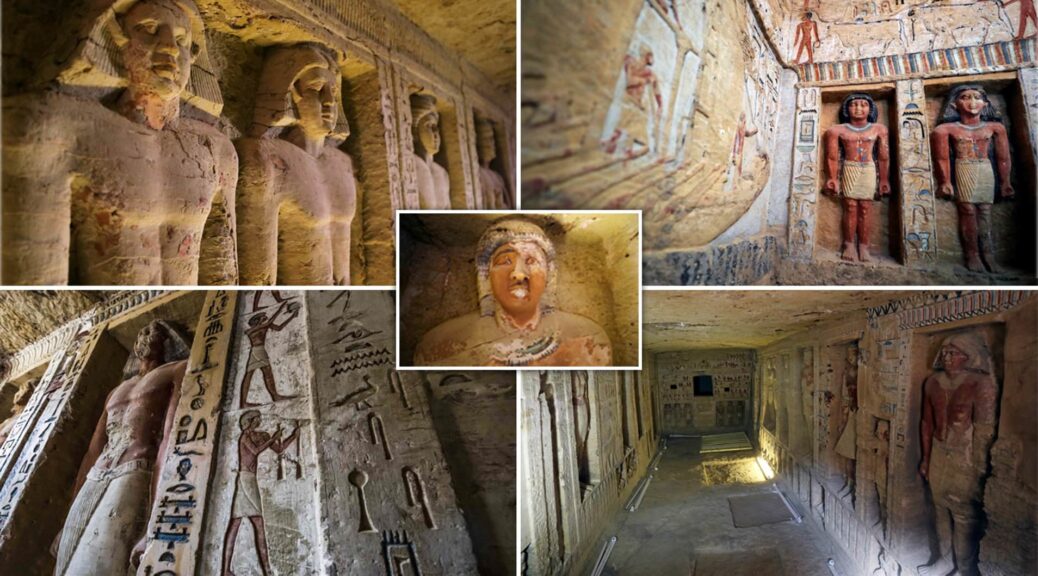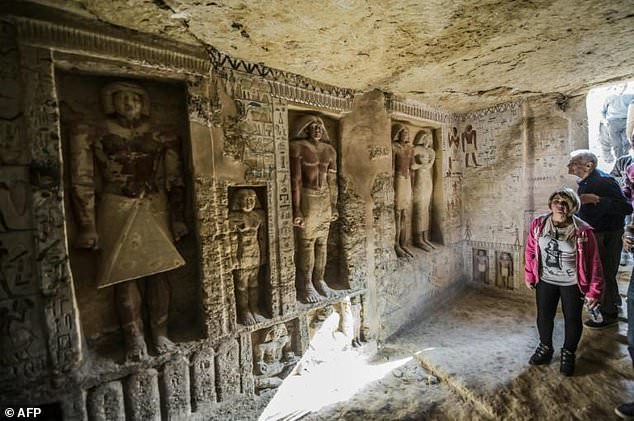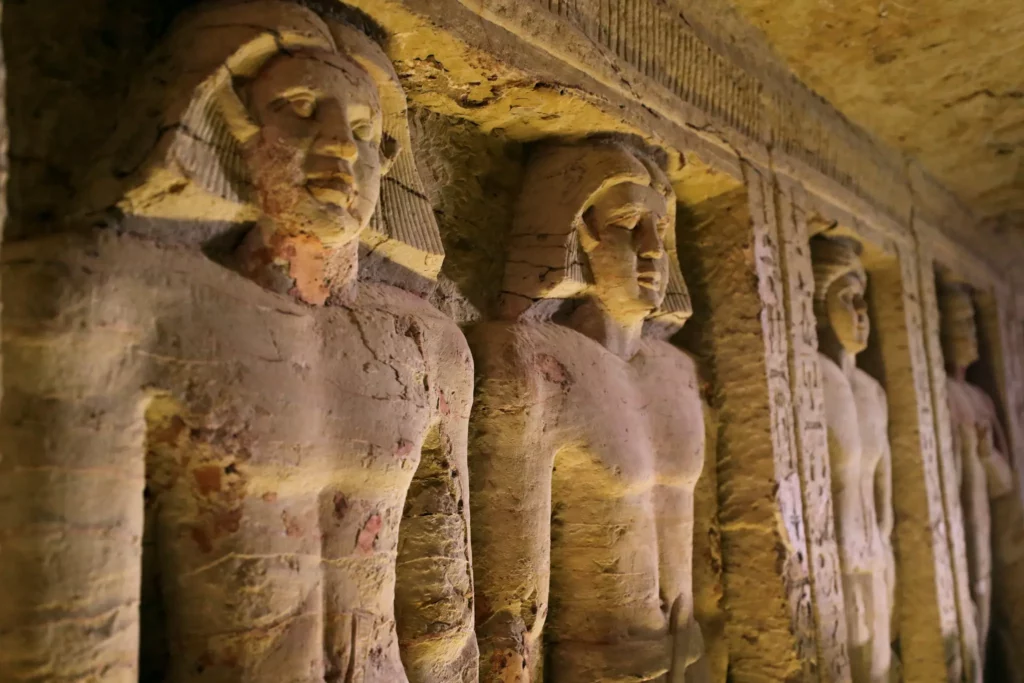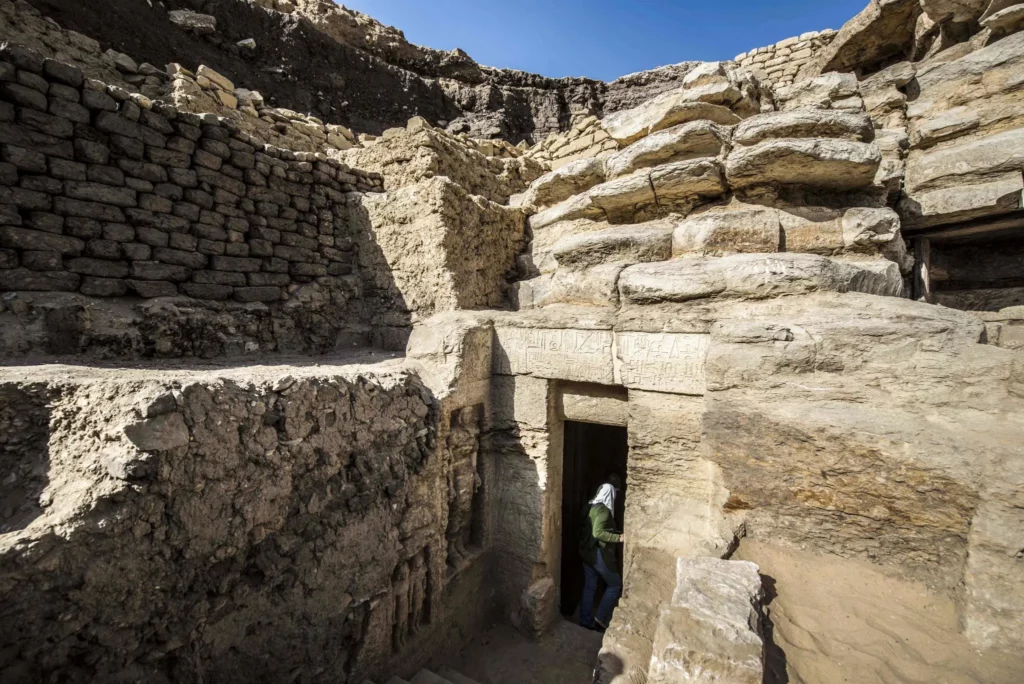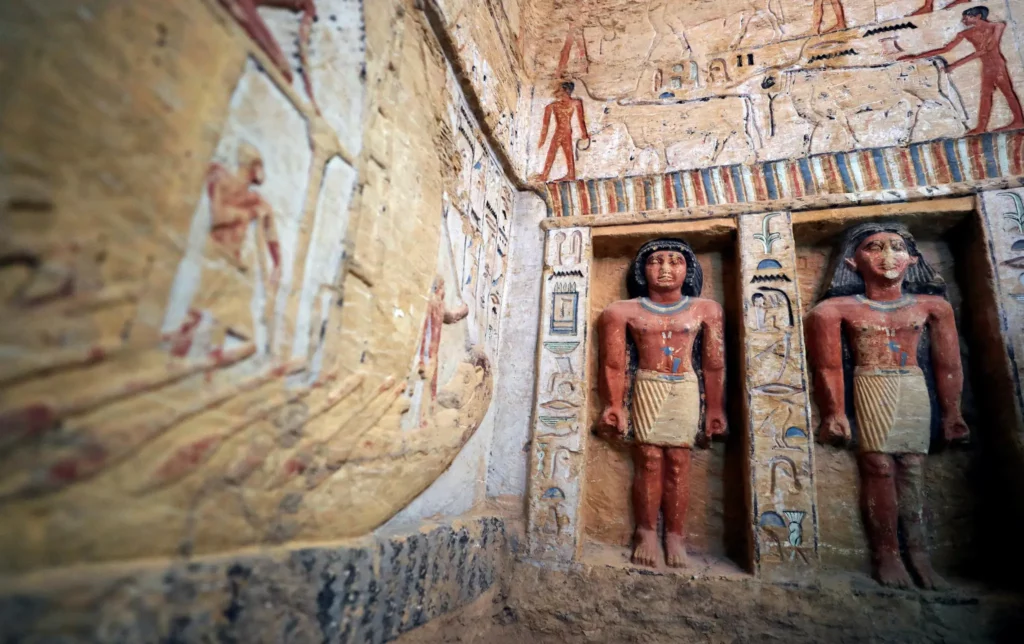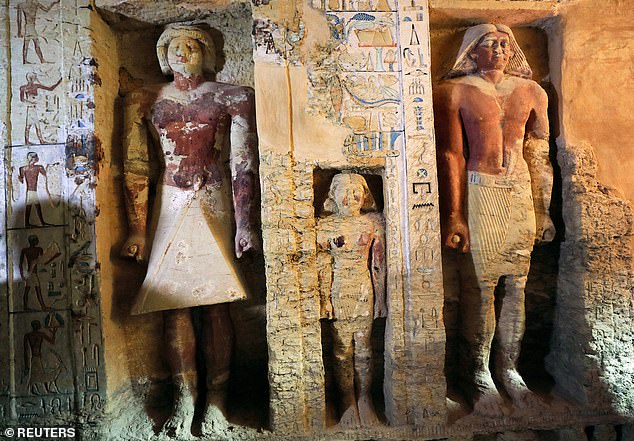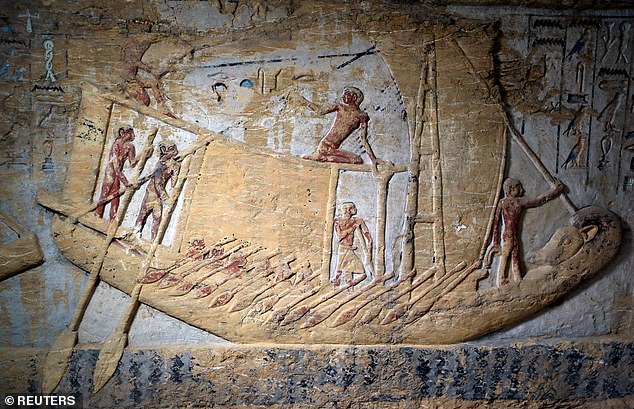Woman who died in deadly Vasa warship’s wreck 400 years ago reconstructed in lifelike detail
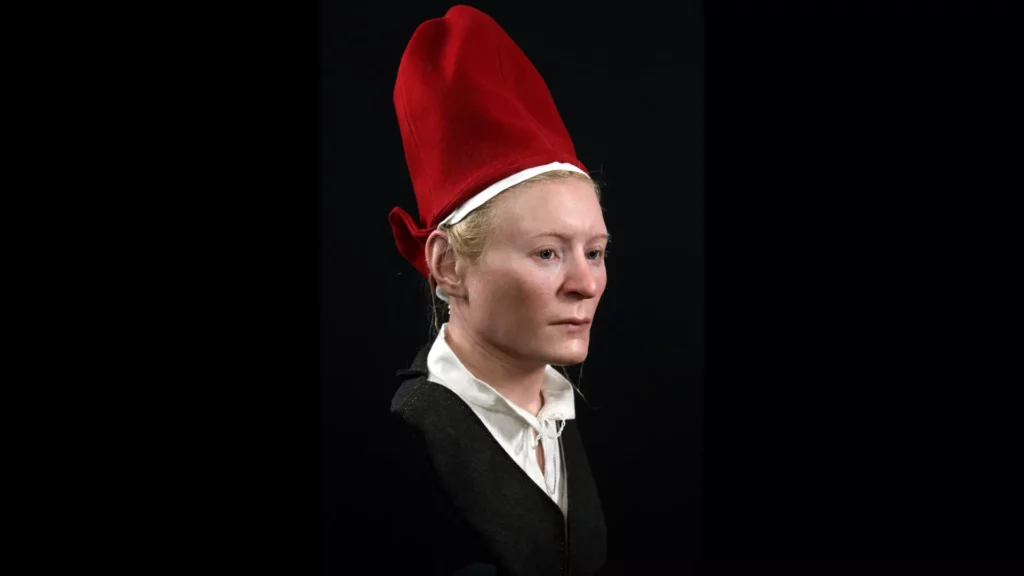
When researchers raised the Vasa — a 17th-century Swedish warship that sank in Stockholm harbor on its maiden voyage — in the 1960s, they recovered nearly 20 skeletons. Scientists determined that one of those skeletons, dubbed G, was a male they called Gustav.
Earlier this year, a genetic analysis determined that G wasn’t male but female. Now, a new reconstruction of G, whose new nickname is Gertrude, reveals her likeness before the deadly 1628 shipwreck.
According to the new genetic analysis, “she was about 25-30 years of age when she died, her eyes were blue, her hair blonde and her skin pale,” Oscar Nilsson, a Sweden-based forensic artist who created the reconstruction, told Live Science in an email.
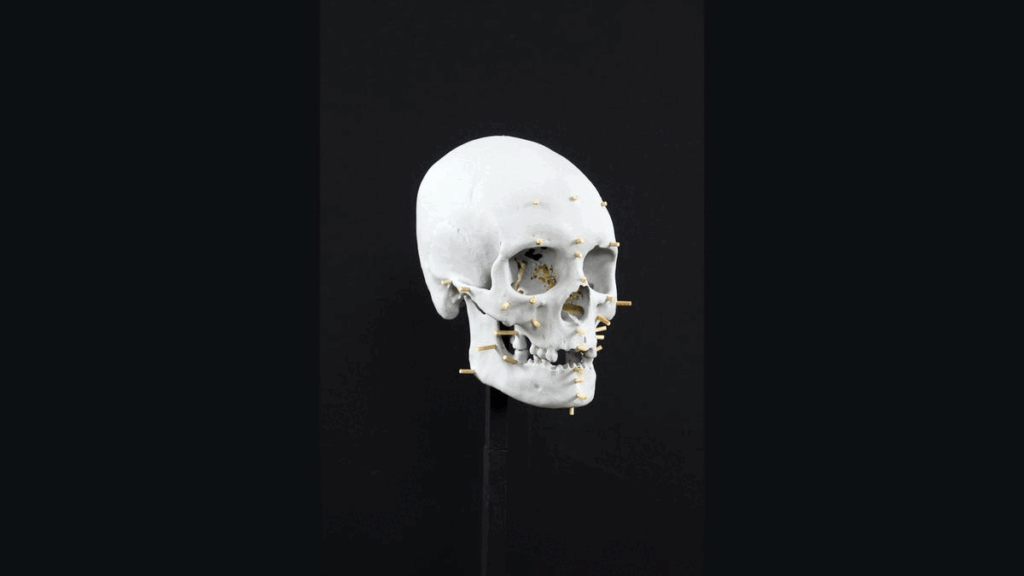
Nilsson had crafted a reconstruction of Gustav in 2006 and was surprised when he learned that G was female, but he was glad he could help correct the record with a new reconstruction for the Vasa Museum in Stockholm.
G’s sex suggests that she was married, he noted. “From written sources we know that only married women, and married to a man on board the ship, were allowed on board this maiden voyage.”
Nilsson still had the CT (computed tomography) scan and a 3D plastic print of G’s skull from the 2006 reconstruction, and he built on this by determining Gertrude’s tissue thickness, which he pulled from a chart of modern Scandinavian and North European women who were roughly the same age and weight as Gertrude.
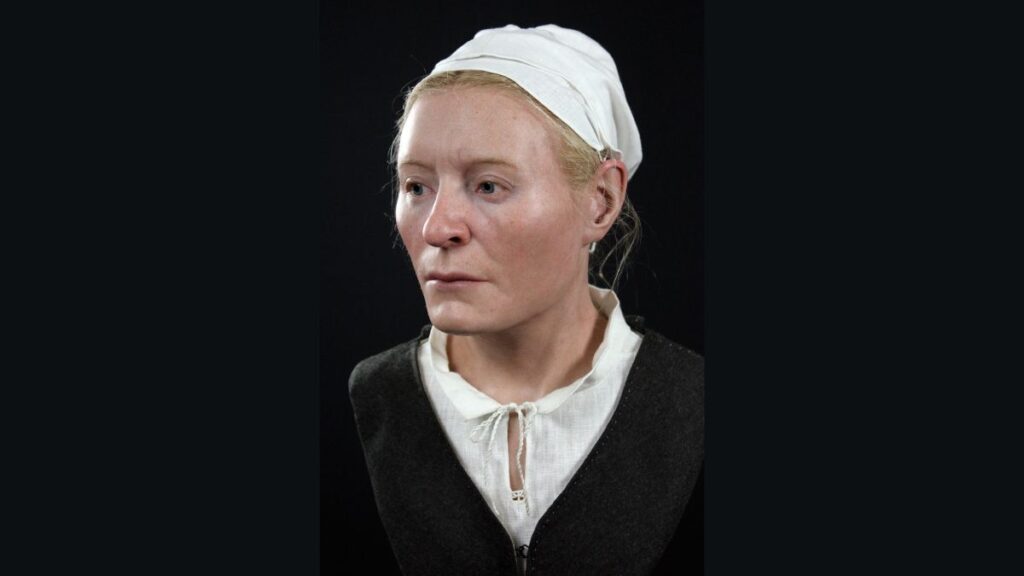
These tissue measurements informed the height of the pegs he placed on the replica skull, which he then used as a guide as he layered muscles made out of plasticine clay on her head. Scientific techniques guided the size and shape of the nose, eyes and mouth.
“The ears are more speculative, but relies a lot on the size and surface of the mastoid process located behind the ears,” Nilsson said. “A big mastoid process means a big ear. And in Gertrude’s case, she certainly has prominent mastoid processes.”

Although he was “careful of trying to give her an expression as close to Gustav’s as possible,” the two reconstructions have a few differences. Previously, Nilsson had tipped Gustav’s nose downward, but a new cranial analysis resulted in a more typical nose for Gertrude. Plus, Gustav was thought to be 45 years old. Because Gertrude is younger, “I provided her with more volume in her lips,” he said.
Despite her youth, Gertrude probably lived a hard life; a skeletal analysis of her back indicates that she lifted heavy objects repeatedly. “So just being 25-30, her face must give an impression of hard work,” he said.
As such, Nilsson crafted her face to show a woman marked by strenuous work but with an awareness of the tragic event that marked her end.
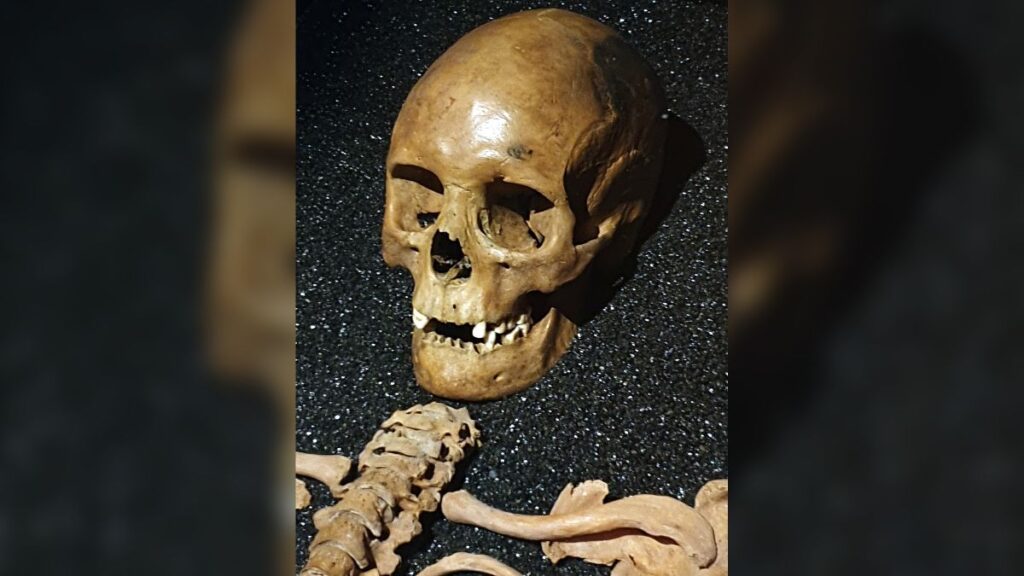
Nilsson worked with Anna Silwerulv, a textile expert at the Vasa Museum, to dress the reconstruction with a dark gray jacket and hat, as pieces of these items were found by her remains.
A microscopic analysis indicated the hat was bright red. “And the original design was striking: a very high hat, reminding [us] of the traditional festive dressing of the Swedish peasantry, and the Samic ones as well,” Nilsson said. (The Sami are Indigenous people in Sweden.)
Gertrude’s seriousness was “further enhanced when Anna and I put the bright red tall hat on Gertrude’s head.” But as to what Gertrude is thinking about in this reconstruction, “I leave that to all visitors to the museum,” Nilsson said.
Gertrude went on display at the Vasa Museum on June 28 and will be the main attraction when the museum’s new “Face to Face” exhibition opens in about a year.
